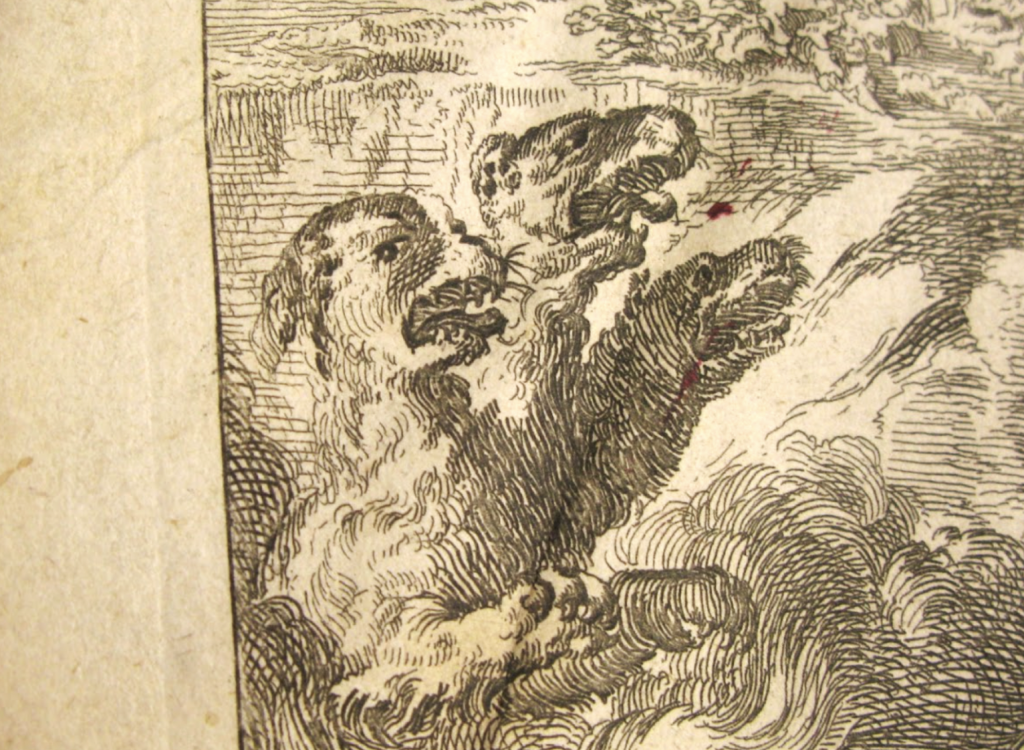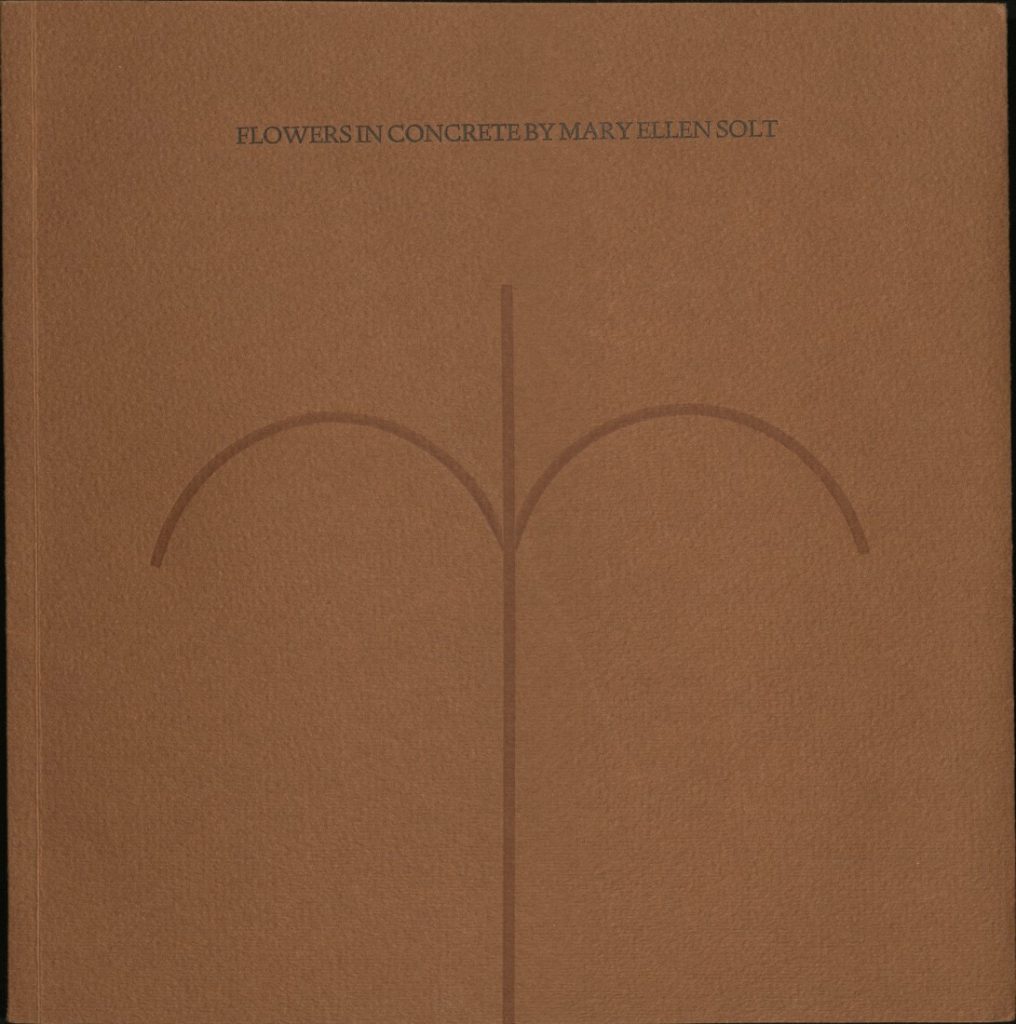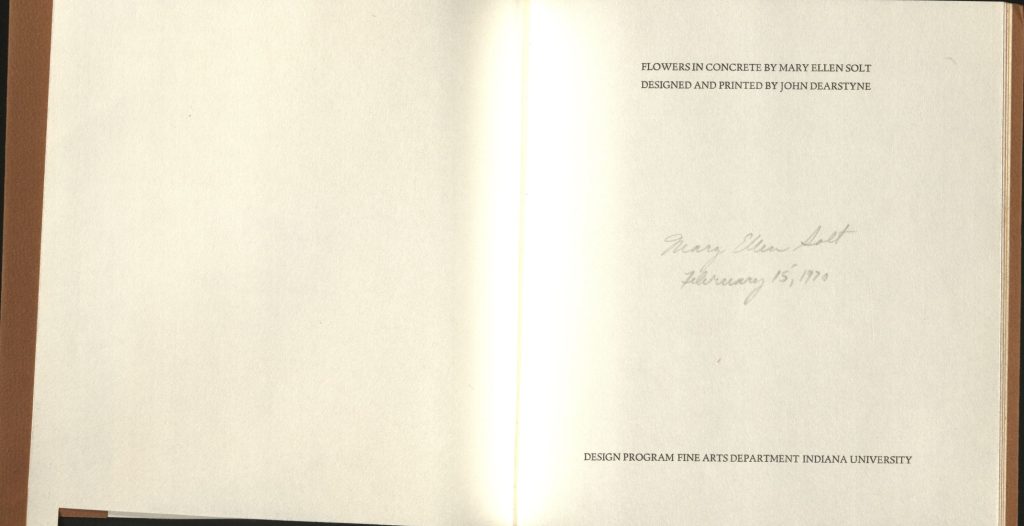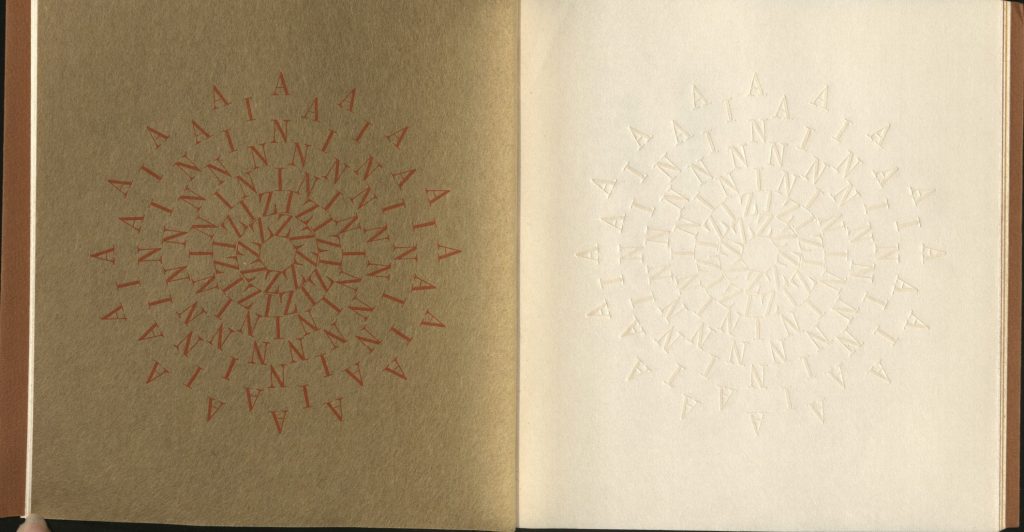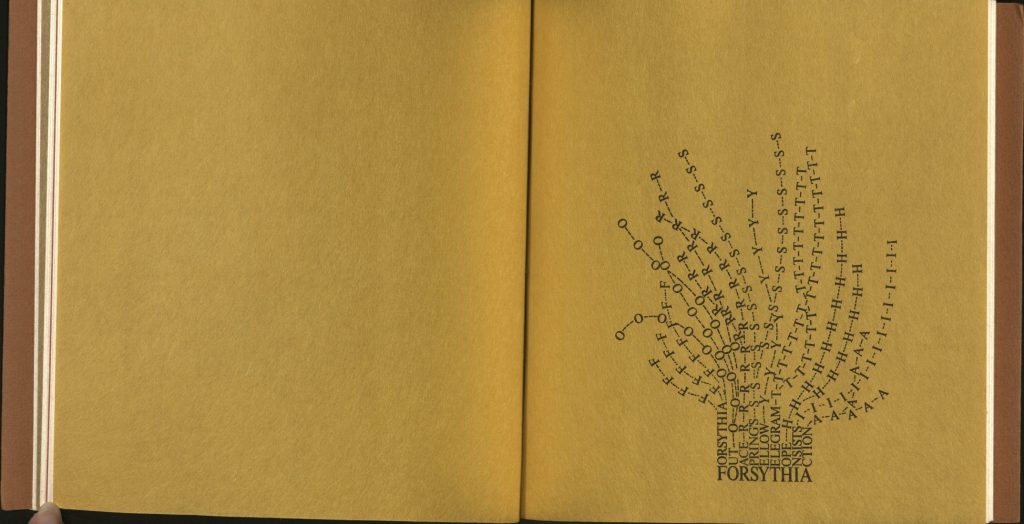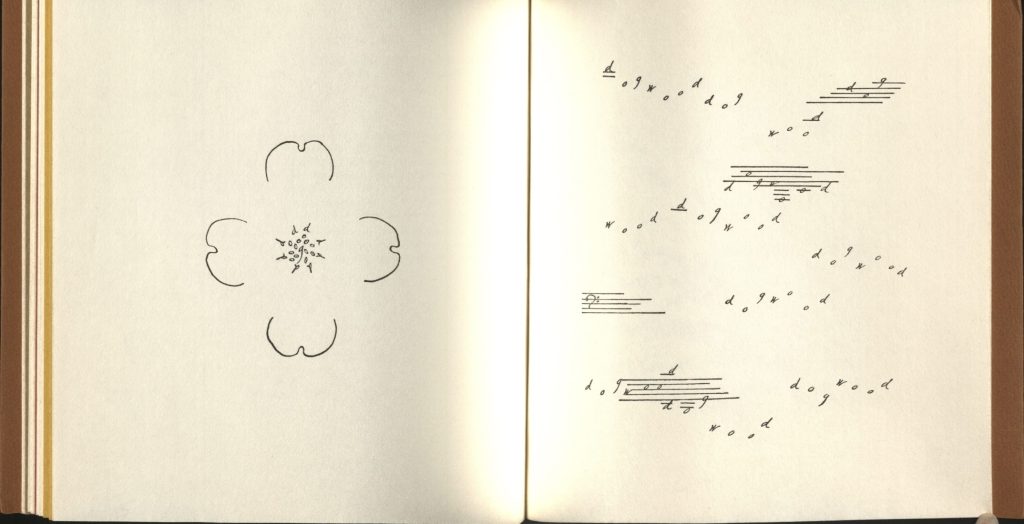The Magic of Children’s Classic Books: Treasure Island Edition
June 2nd, 2025Well-loved children’s books spark the magic from the thrill of adventure to imagination of far-off, enchanted places. Beloved by generations, children’s classic stories remain with us throughout life, whether it’s re-reading childhood favorites or sharing our most loved stories with young people in our lives. These classics ignite imaginations and impart timeless lessons. They become some of our most cherished friends that stay with us throughout our lives.
Spencer Research Library has a vast children’s book collection to be explored. Some works have multiple editions published throughout the years. Different editions often have different illustrations, annotations, and even adaptations. This is the first post in a series highlighting various children’s book titles in Spencer’s holdings. First up, we bring you Treasure Island by Robert Louis Stevenson.
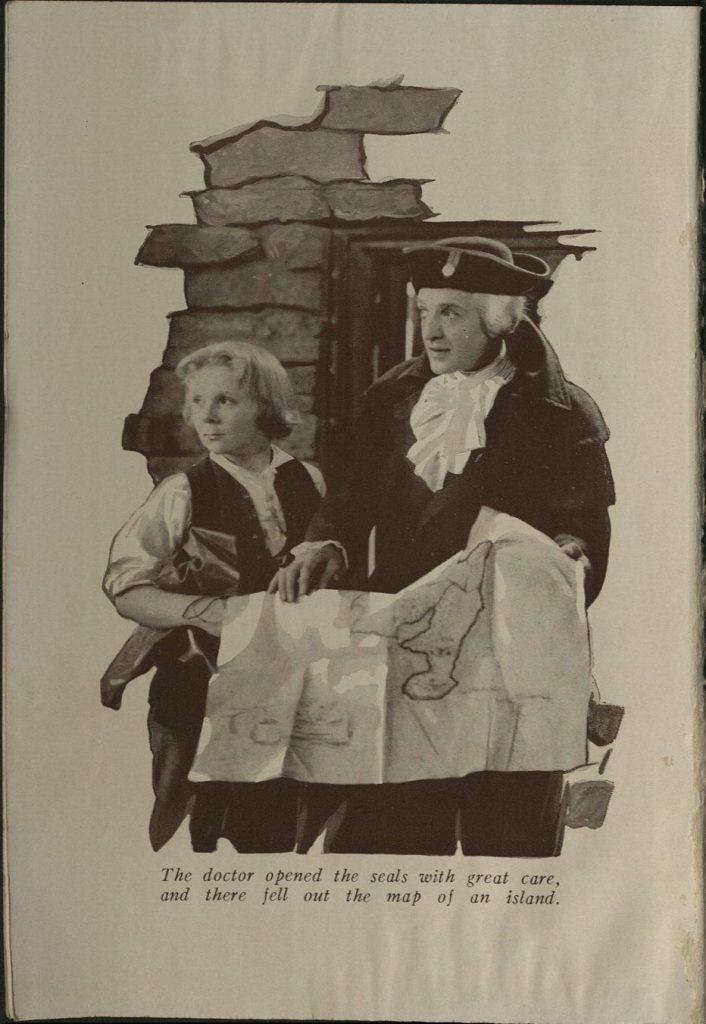
Spencer Research Library has seven holdings of Treasure Island. The publisher, publication date, and call number of each volume are listed below:
- Cassell & Company, Limited: London, Paris, New York & Melbourne, 1886 (O’Hegarty B2959).
- Scribner’s Sons: New York, 1913 (SC Annex 326).
- Rand McNally: New York and Chicago, copyrighted 1916, published 1928 (Children C623).
- Grosset & Dunlap: New York, 1934? (Children 5948).
- Limited Editions Club: New York, 1941 (D7309).
- Award Books: New York, 195-? (Children B2846).
- Franklin Watts: New York, 1964 (C18419).
This introduction appears in most editions of the book:
To the Hesitating Purchaser
If sailor tales to sailor tunes,
Storm and adventure, heat and cold,
If schooners, islands, and maroons
And Buccaneers and buried Gold,
And all the old romance, retold
Exactly in the ancient way,
Can please, as me they pleased of old,
The wiser youngsters of to-day:
–So be it, and fall on! If not,
If studious youth no longer crave,
His ancient appetites forgot,
Kingston, or Ballantyne the brave,
Or Cooper of the wood and wave:
So be it also! And may I
And all my pirates share the grave
Where these and their creations lie!
The first edition of Treasure Island – published by Cassell & Company in 1883 – featured no illustrations. Three years later, the publisher released a new edition with 18 pages of illustrations and 26 leaves of plates.
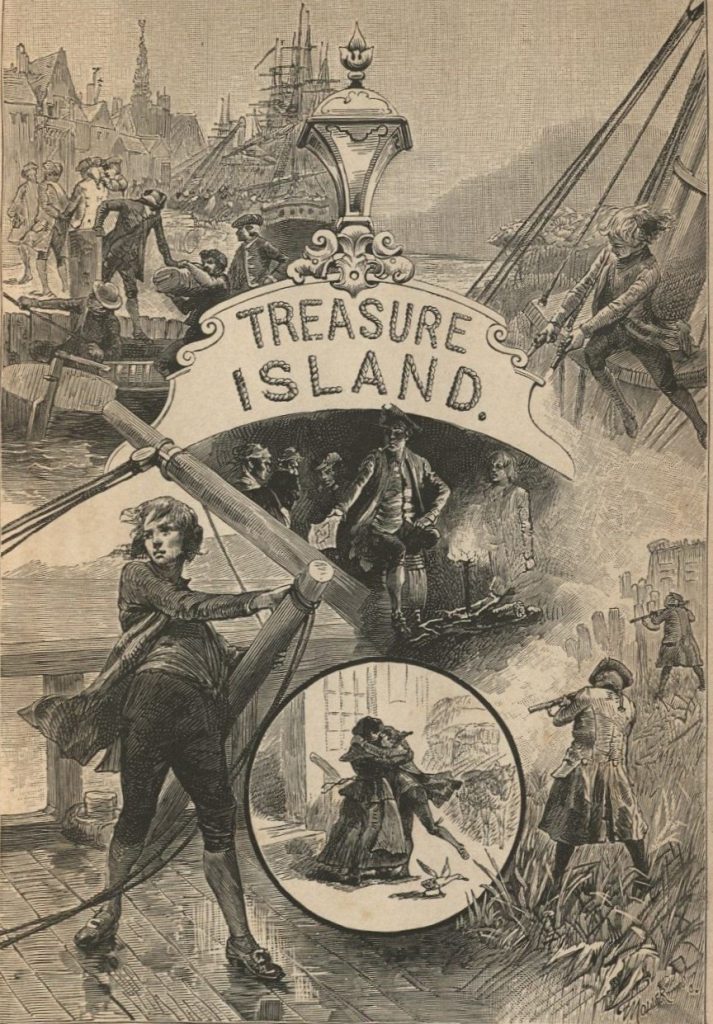
Maps of the island do not appear in every edition. Those that are included vary in detail, from topography and landmark descriptions.
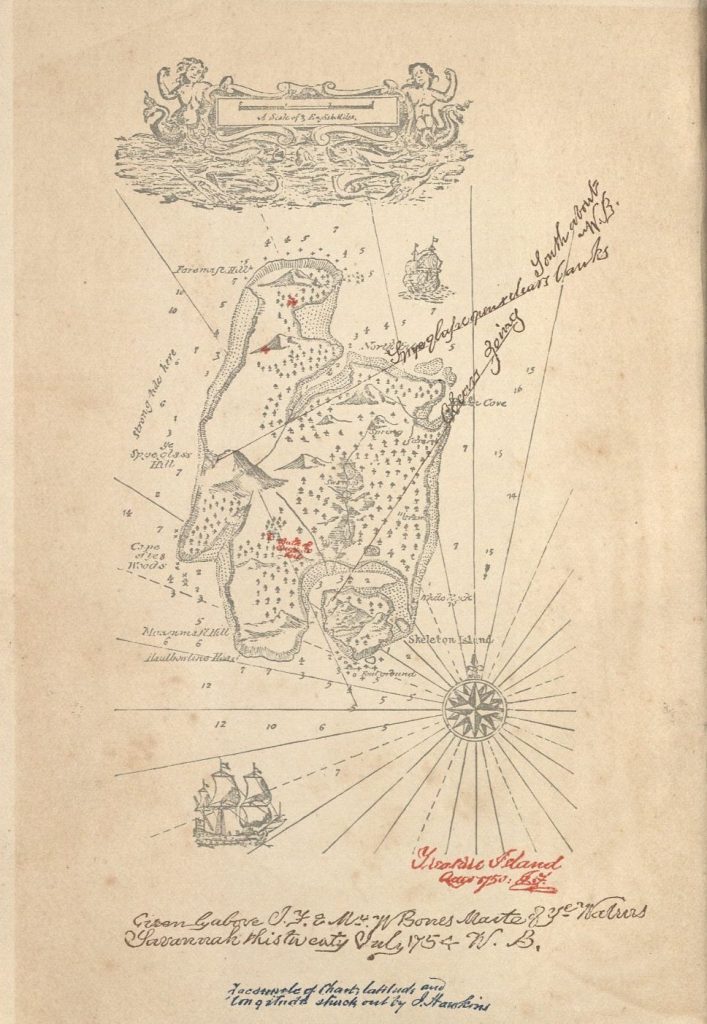

The 1941 edition of Treasure Island, published by the Limited Editions Club, was limited to 1,500 copies. Spencer Library’s edition is numbered 1,426. Colored Illustrations signed by Edward A. Wilson – which includes a signed lithograph of Long John Silver – and the unique binding of dark blue sailcloth and gold-stamped red leather spine label makes this edition a highly sought collectible.

Rand McNally published several editions of Treasure Island over the years. Kenneth Spencer Research Library holdings include a 1928 edition copyrighted in 1916. This edition features a durable hardback binding with full-page color illustrations along with black and white drawings.
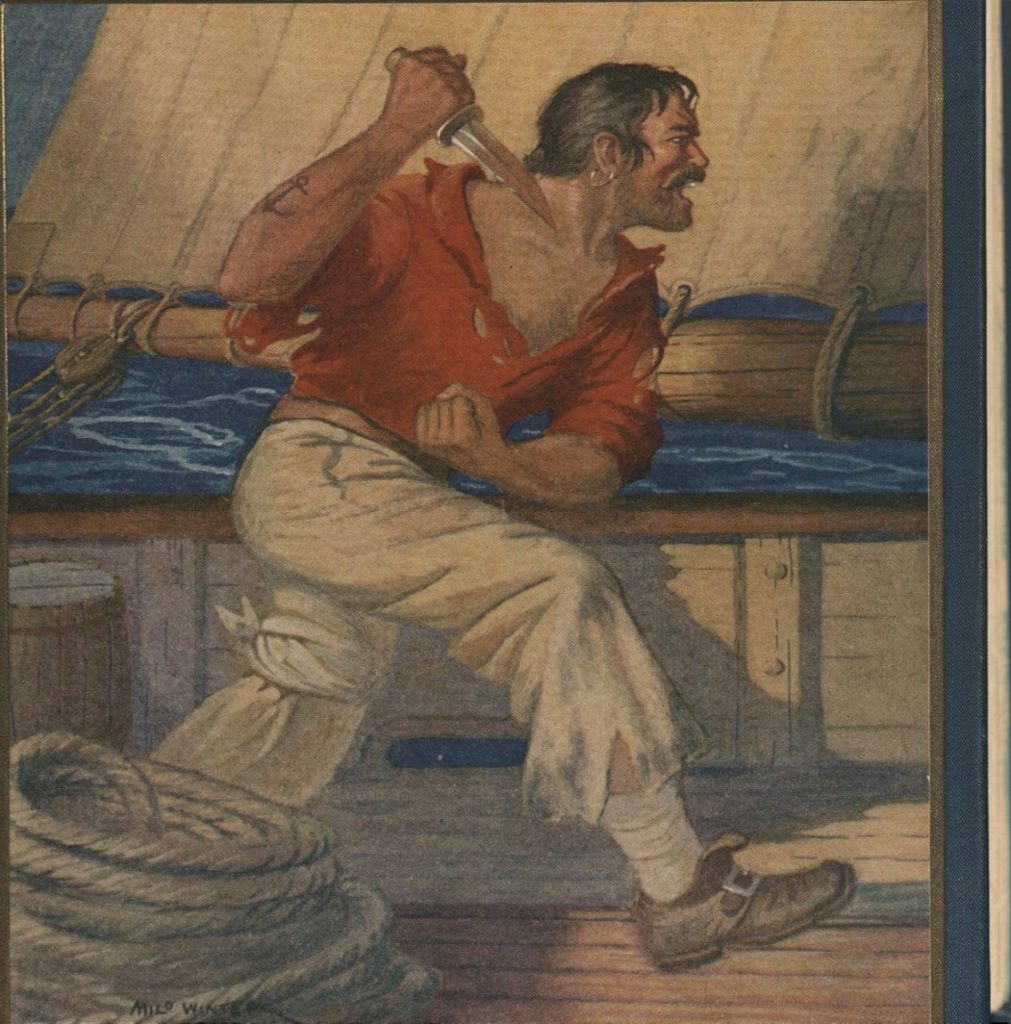
Details are scarce for many cover images. Several editions from this period featured Jim Hawkins or Long John Silver, given their key roles in the story.
Meredith Phares
Operations Manager

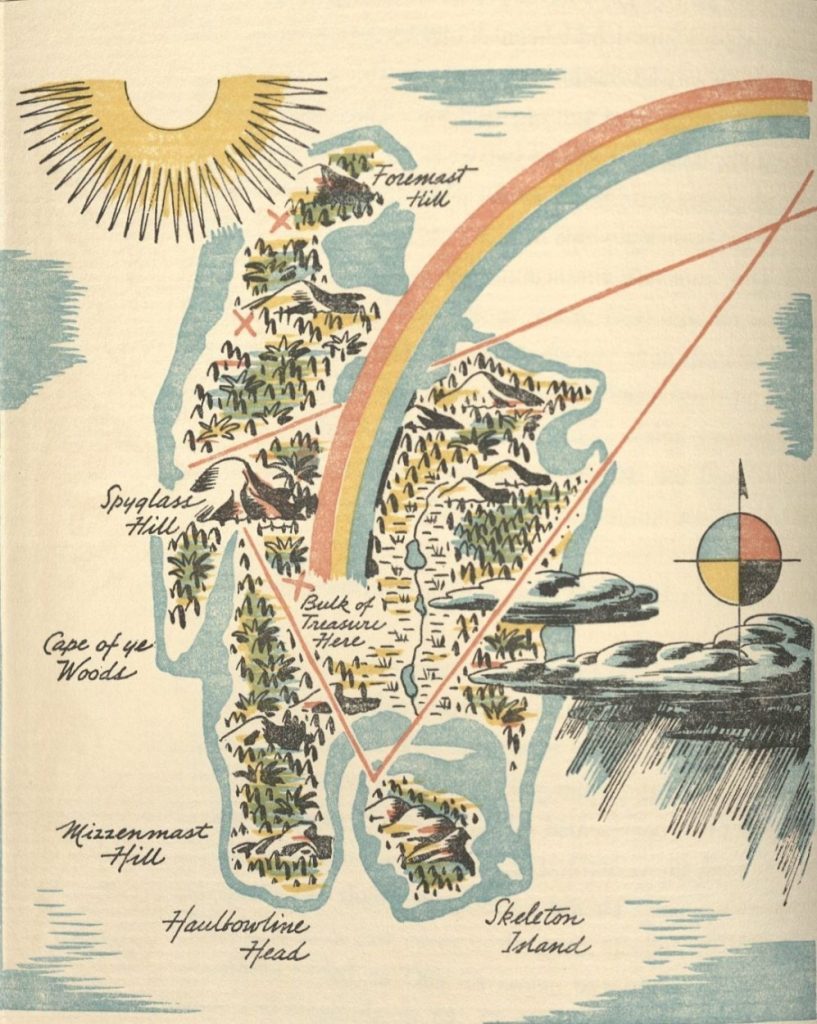
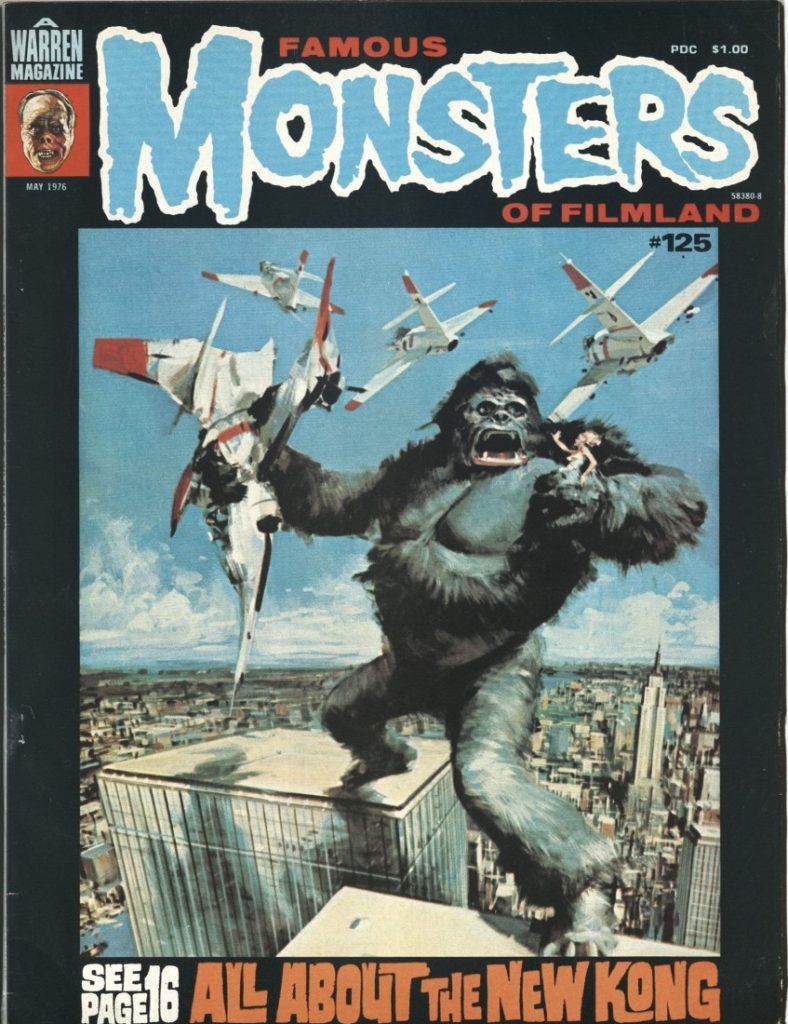
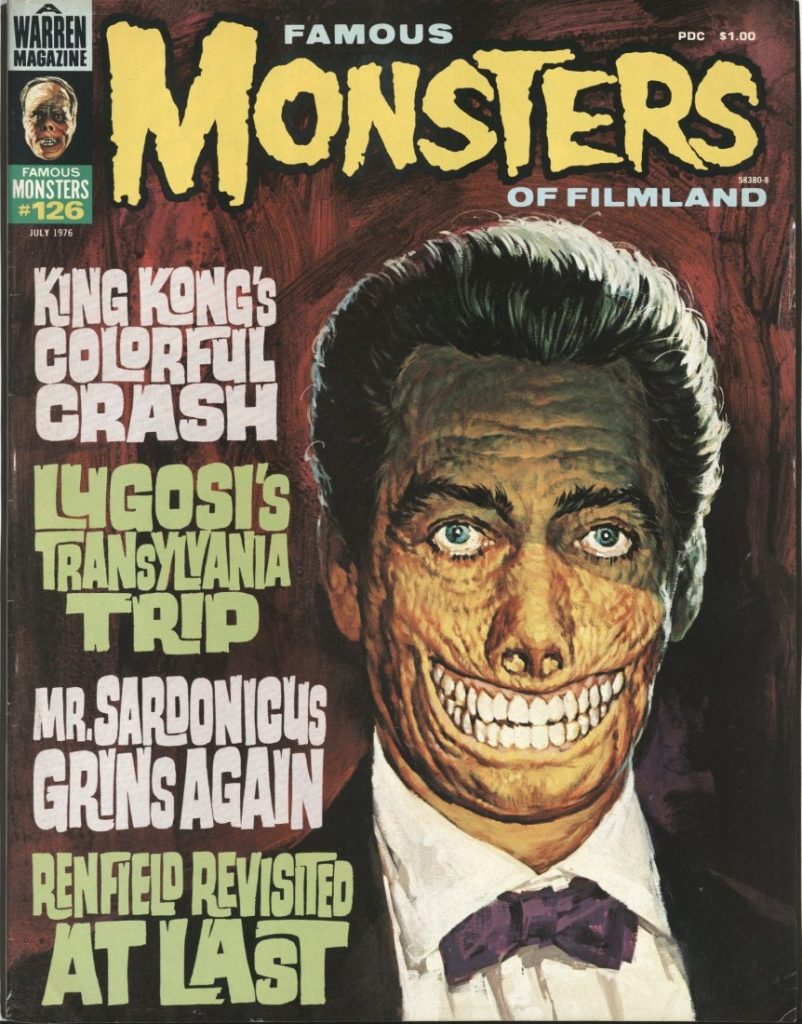
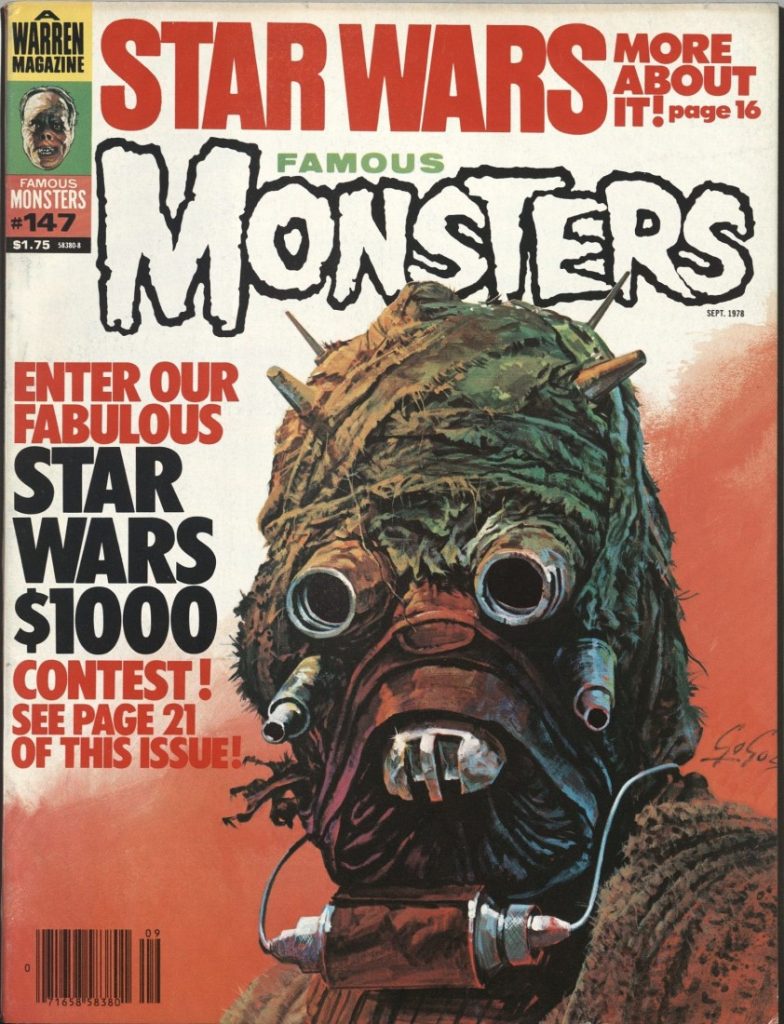
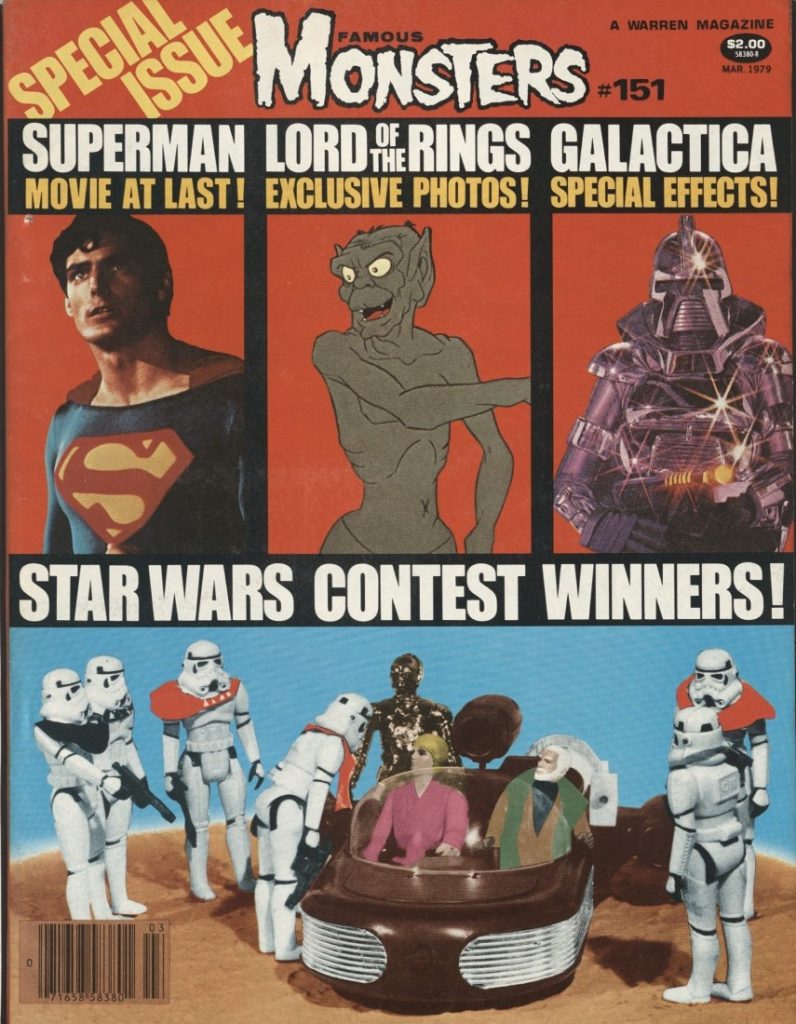


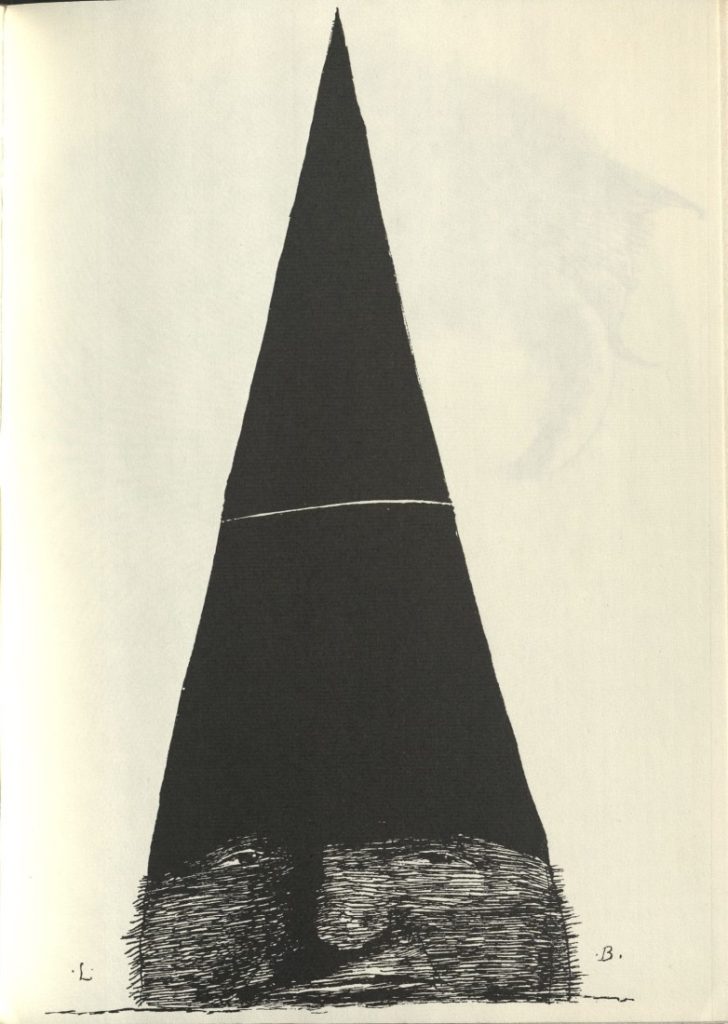
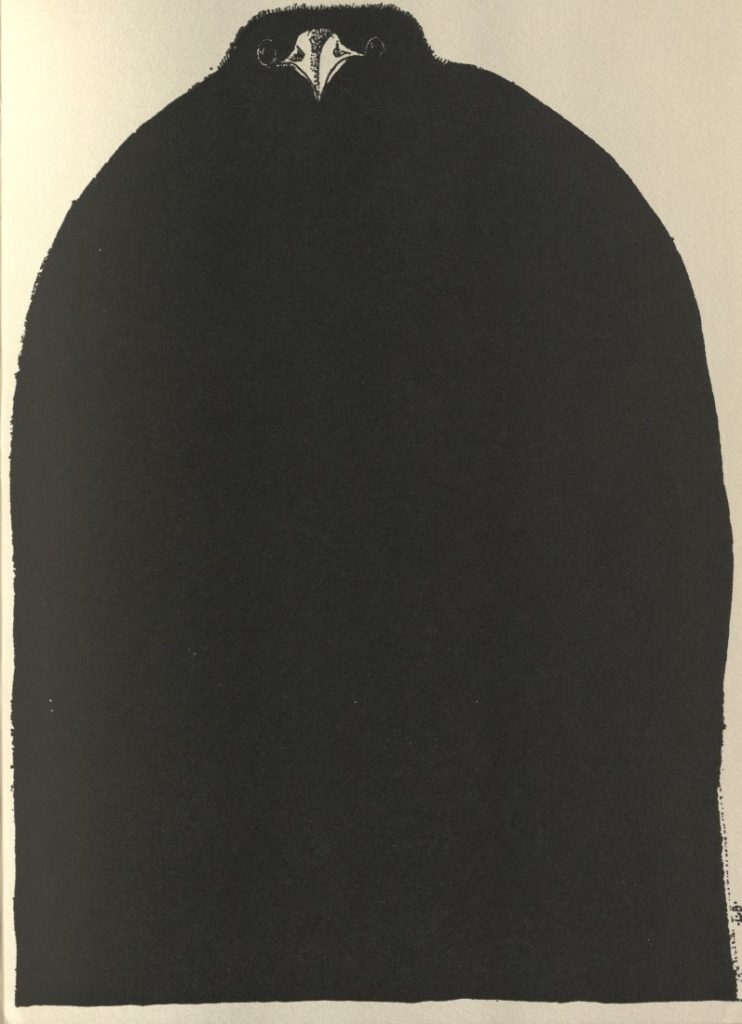

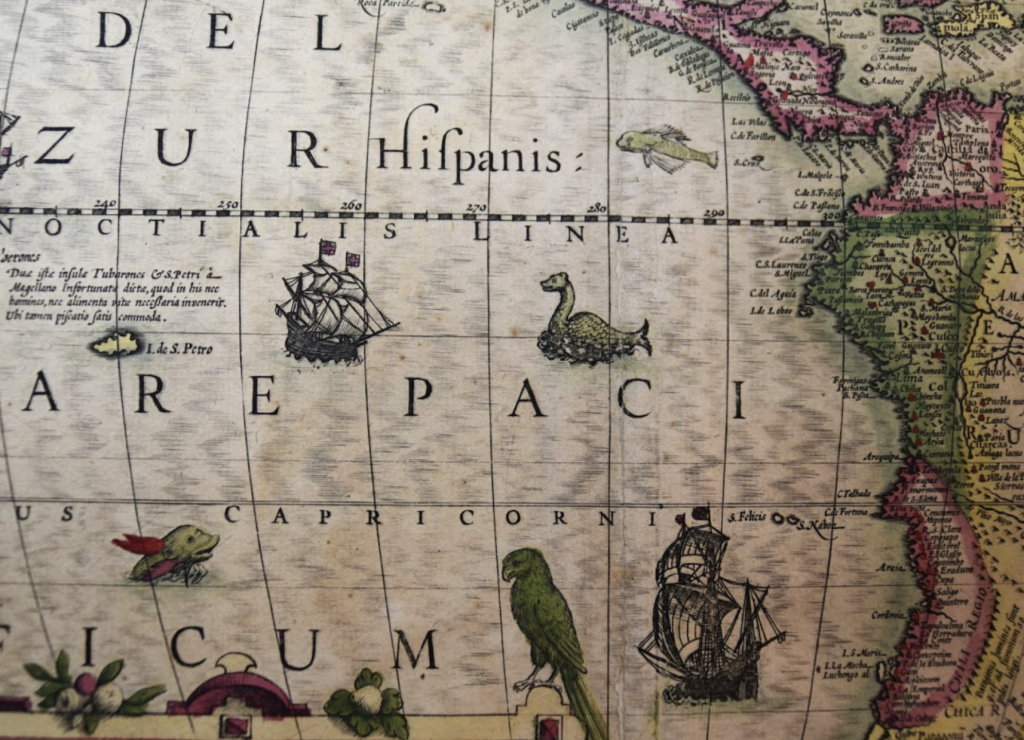
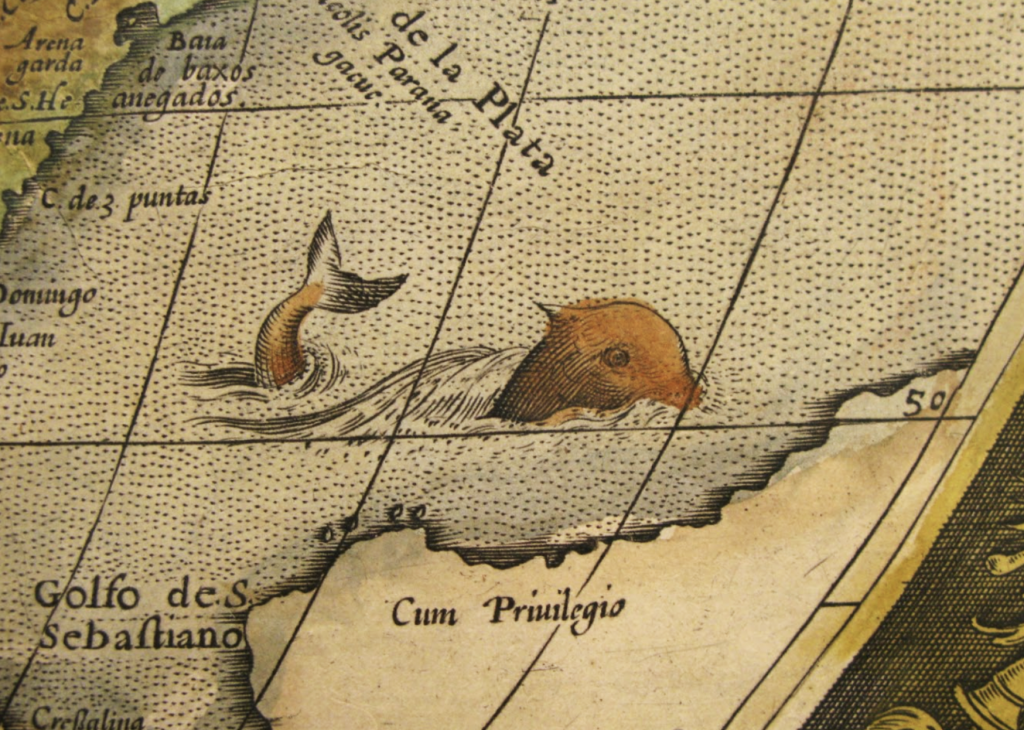
![Full view of the map Nova totius terrarum orbis tabula Amstelaedami...by Frederik de Wit, [173-]. Call Number: Orbis Maps 1:5.](https://blogs.lib.ku.edu/spencer/wp-content/uploads/2024/10/Orbis-Maps-1.5-B-1024x881.png)
